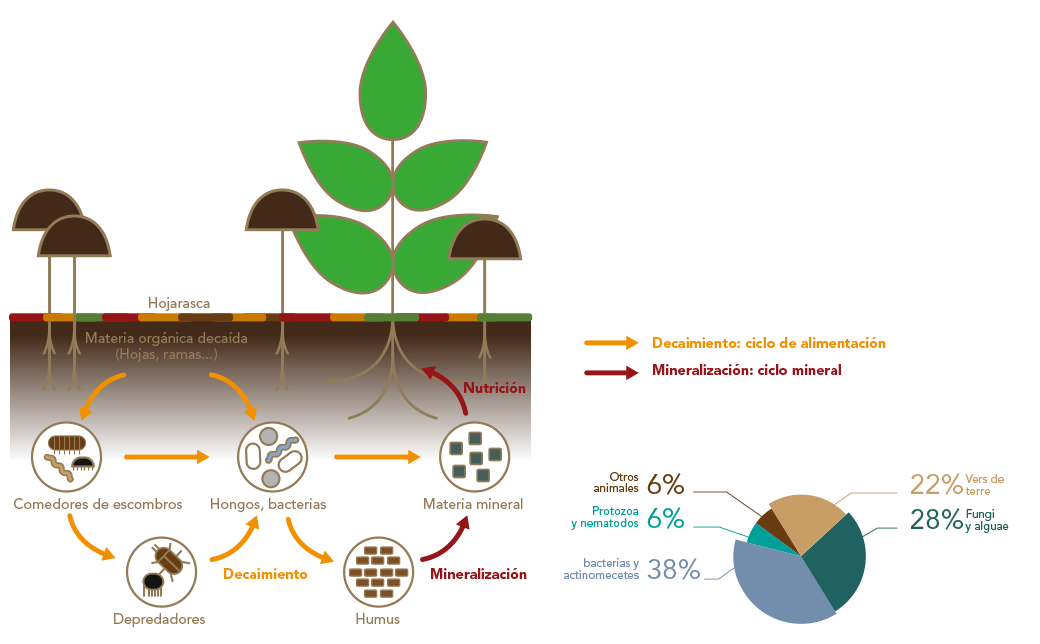
Continuing the theme of our previous post “Shift towards the vineyard” we want to tell you the objective of this shift and the value we intend to add to wine development.
At AZ3, our mission has always been to participate with our customers in the development of wines based on the definition of the target profile. And we intend to continue working in the same way, in a cross-sectional way, taking the objectives of the wine profile to the vineyard.
Over the years we have learned that many of the problems that we find in the winery could be solved in the vineyard: high pH, low levels of YAN, herbaceous or vegetal profiles, lack of fruit, premature maturation blockages, lack of color, etc. These are some of the setbacks that cost us a lot of effort and money to correct in the winery, and that we could avoid with reasoned nutrition of the soil and the plant.
Just as nowadays diet is personalized to achieve specific objectives, we can also personalize viticulture and oenology. This customization aims to develop reasoned nutrition of the soil and the vineyard, which profitably guarantees the achievement of the styles of wines required.
We all know that wine is born in the vineyard, and that in the vineyard the soil plays a fundamental role in the quality of the wine. From the range entries to the icons of the winery, we will always have better results in a healthy and fit soil than with a diseased and exhausted soil; in terms of quality, quantity or both.
The soil nutrient reservoir is found in its clay-humic complex, which is a large colloidal warehouse formed by clay and organic matter, cleverly maintained and managed by the soil microbiota. At each harvest, the plant extracts the necessary amounts of mineral and organic compounds to build the grape, and little by little the soil becomes impoverished and mineralized.
We can define soil health as the continuous ability to regenerate to maintain its clay-humic complex and continue to support plants and microorganisms.
When talking about the quality of a plot, they used to refer to the physicochemical characteristics of the soil, the orientation, the height and the microclimate. Today we all know that to understand the functioning of a vineyard it is also necessary to pay attention to the soil microbiota, since it manages the regeneration and enrichment of the humic clay complex. The greater and more "qualitative" the biological activity of our soil, the greater the humification and regeneration capacity and the better the vineyard will function. Only a healthy vineyard will meet qualitative and quantitative objectives and, like any asset, the winery requires a maintenance plan.

We can offer you an objective look at the health of your vineyard. Therefore, we regularly measure the physiochemical and biological parameters of the soil and the nutritional status of the plant (petioles and shoots). With this data and the winemaking data, we can understand the operation of the vineyard and draw up an adequate nutrition plan for each plot that meets our objectives:
- Defined wine profile, ergo grape profile required.
- Qualitative profitability, quality/production balance.
- Sustainability of the plantation in the future.
- Environmental responsibility.
Measuring and reasoning with a cross-sectional vision from wine to vineyard, allows the right decisions to be made on soil and plant nutrition as the first step for responsible and objective vitienology.
Related news
Our challenge at AZ3: Shift towards the vineyard
As wine is a living element that is constantly evolving, the winemakimng sector needs to continuously improve. Changes required by agents as diverse as markets, consumers, legal frameworks, nature or the producers' own self-demand require us to update and continually improve.
